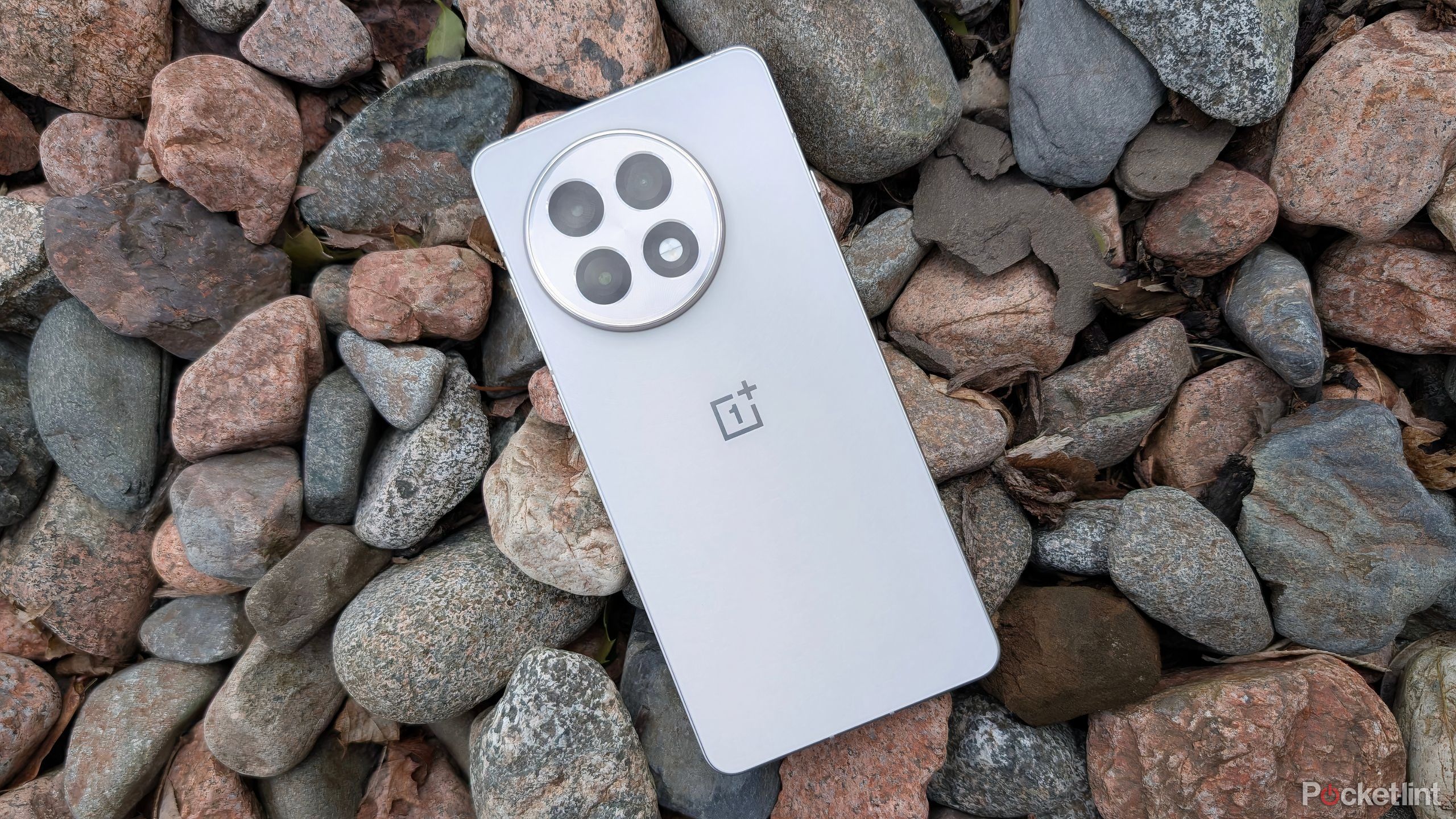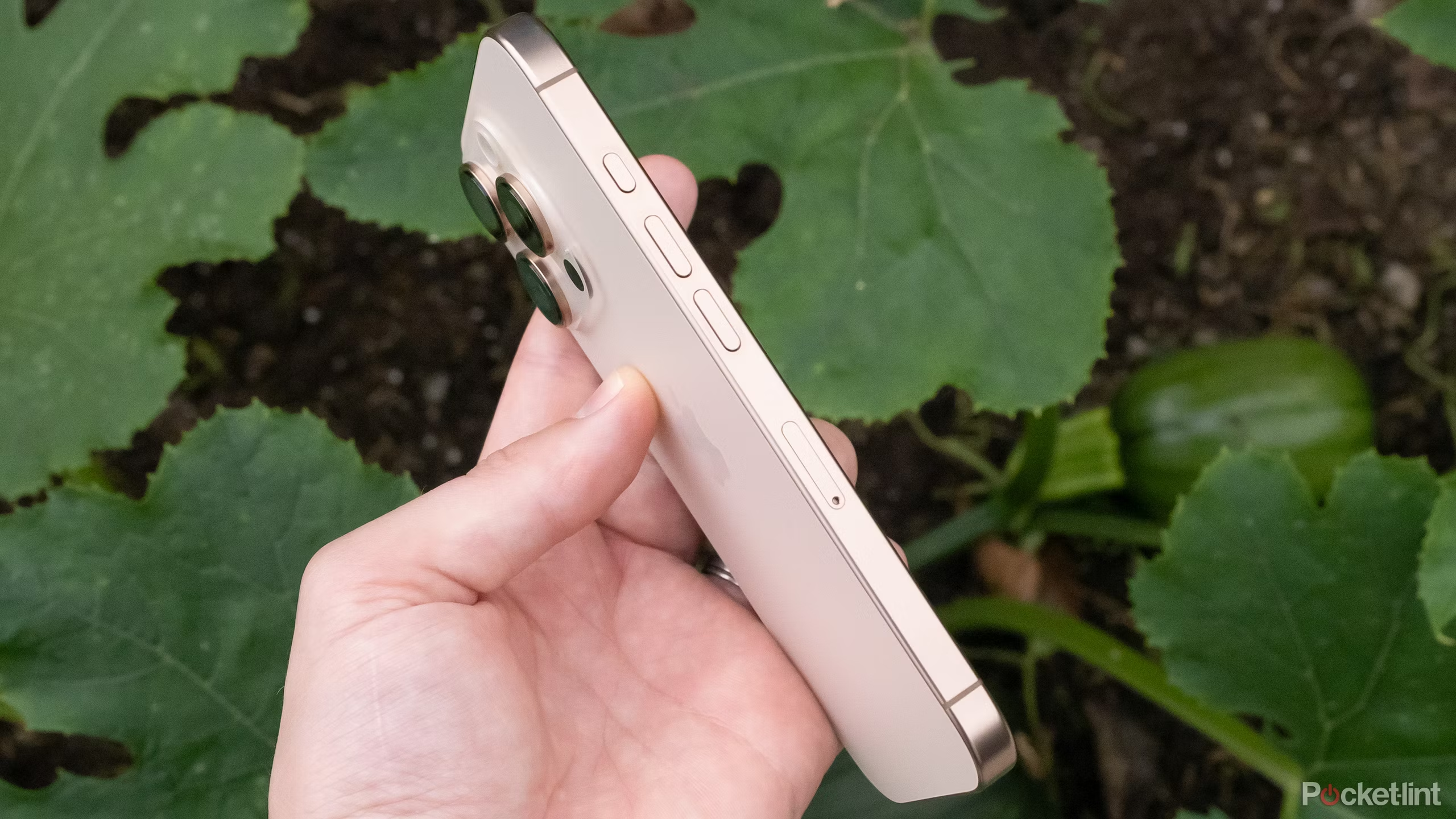Summary
- Both the iPhone 17 Air and Galaxy S25 Edge are expected to compromise on battery life in exchange for thinness.
- That’s a step backwards, considering that no one is asking for thinner phones, yet people are always asking for more runtime.
- It may be that the phones are a necessary step towards a better future, but as rumored, they won’t be getting my money.
It feels like
iPhone 17
rumors are hitting non-stop these days, which makes sense — we’re about four months out from launch, so hardware details need to be locked down ahead of mass production. It takes quite a while to churn out the millions of units Apple needs to satisfy worldwide launch demand.
The latest rumor (via The Information), is that in order to achieve its ultra-thin 5.5mm body, the
iPhone 17 Air
will sport a serious compromise in battery life. How much? Allegedly, Apple’s internal testing suggests that just 60 to 70% of owners will be able to make it a full day on a single charge, down from about 80 to 90% for other iPhone models. The company is even said to be preparing a new battery case, something it hasn’t offered since the discontinued MagSafe Battery Pack.
Similar rumors have emerged around Samsung’s
Galaxy S25 Edge
. According to WinFuture, the phone may have a 3,900mAh battery — that’s more capacity than the iPhone 16, but below the regular S25’s 4,000mAh, and much less than the S25 Ultra’s 5,000mAh. That’s put me off both Samsung and Apple’s upcoming “vanguard” phones, and not just because everyone prefers higher numbers.
Related
Is the iPhone 15 still worth buying in 2025? The answer is complicated
Possibly, but you shouldn’t get one straight from Apple.
Coping with the status quo
As a tech journalist, I might be an exception, but I find that most phones still don’t have enough battery life, never mind rolling things back. My current daily driver is an iPhone 16 Pro, which according to Apple, should be capable of up to 22 hours of (streaming) video playback. Sounds impressive, right? In practice, however, I’m struggling to think of how that could be possible. I like to put on Reuters’ video briefing while I shower and change in the morning, and I’ll sometimes see the battery drop to 90% or lower before I even get downstairs for breakfast. On workout days, it’s possible for the battery to dip below 30% by the time I get into bed, and that’s after a 15- to 16-hour day of mostly non-video activity. If I actually spent an hour or two streaming YouTube, I’d probably have to put my phone in Low Power Mode at some point.
This year, it seems like both Apple and Samsung are working on the assumption that we’ll be wowed by thinness, which is a mistake.
I’d say it’s baffling that Apple and Samsung appear to be headed in the wrong direction, but really, it’s not. Both companies have long put other upgrades ahead of battery life. It is, in theory, possible to make it over a day if you’ve got a phone like the Galaxy S25 Ultra or iPhone 16 Pro Max, but only with light usage. Indeed, battery life has always played second fiddle for most smartphone makers, simply because bigger batteries are expensive while being tough to exploit in marketing campaigns. A 6.9-inch screen or a 10X telephoto lens is immediately impressive — it’s harder to wow people with an extra two or three hours of runtime.
This year, it seems like both Apple and Samsung are working on the assumption that we’ll be wowed by thinness, which is a mistake. It’s going to attract some people, certainly, but we’re not in the 2000s anymore — phones have been thin for a long time. No one I know is complaining about thickness. If anything, the issue seems to be that phones have become unwieldly, getting thinner while simultaneously growing taller, wider, and slipperier. Metal and glass may be nice aesthetically — but without a case, thin devices like my iPhone and my wife’s OnePlus 9 5G feel like they could slip out of my hands with one wrong gesture.

Related
The OnePlus 13R shows OnePlus still needs to figure out budget phones
So close to budget nirvana, yet so far.
A worrisome direction for the future
Misusing the latest tech
Both the iPhone 17 Air and S25 Edge may be based on silicon-carbon batteries, a variation of the lithium-ion batteries we’re used to, simply with higher energy density. That hasn’t been confirmed, but the tech has been used in a few phones already, and now seems poised to go mainstream.
If so, I’m worried that a bad precedent is emerging. When I first heard about silicon-carbon, my hope was that we’d get more longevity out of phones the same size, or at least equal longevity from slightly smaller devices. Should the Air and Edge prove successful, we could be hit with a wave of copycat devices, some of which may also throw battery life under the bus. That would take the industry backward at a time when people are more dependent on smartphones than ever.
To be fair, Apple and Samsung may be trying to keep parts costs down and retail prices in check. Silicon-carbon batteries are costlier to produce at the moment, so even trying to match the capacities of standard lithium-ion batteries may be difficult without a bite into profit margins. It could be that once manufacturing costs come down, we’ll see capacities go up again, fulfilling the new tech’s promise. Who knows — maybe Apple will actually deliver a two-day iPhone in the future.
Should the Air and Edge prove successful, we’ll inevitably be hit with a wave of copycat devices, some of which may also throw battery life under the bus.
Along those lines, I’m hopeful that both the Air and the Edge will serve a purpose like the iPhone X, which Apple launched in 2017. This was the first iPhone with an OLED display and a
Face ID
camera, costing a then-unprecedented $999. Many people balked at it, but sales of the iPhone X, iPhone XS, and iPhone 11 Pro eventually pushed production costs down, making it possible to put both OLED and Face ID on the $799 iPhone 12. These days, even the $599
iPhone 16e
shares those features.
Time will tell how fast the new battery tech bridges over to useful capacities at affordable prices, if it does at all. I just know that for now, Apple and Samsung can count me out of devices that reduce battery life without any tangible benefits. It’ll hardly matter how cool a phone looks sliding out of my pocket if I can’t make it to the gym and back without plugging into my car — or from Alberta to Texas without a battery pack or charging during the flight’s layover. I guess I’ll still be bringing my iPad along for mid-flight entertainment.

You might also like
Everything you need to know about PEVs, or personal electric vehicles
You can use PEVs to explore, run errands, or speed up your commute.
Trending Products

AULA Keyboard, T102 104 Keys Gaming Keyboard and Mouse Combo with RGB Backlit Quiet Laptop Keyboard, All-Steel Panel, Waterproof Gentle Up PC Keyboard, USB Wired Keyboard for MAC Xbox PC Players

Acer Aspire 3 A315-24P-R7VH Slim Laptop computer | 15.6″ Full HD IPS Show | AMD Ryzen 3 7320U Quad-Core Processor | AMD Radeon Graphics | 8GB LPDDR5 | 128GB NVMe SSD | Wi-Fi 6 | Home windows 11 Residence in S Mode

Megaccel MATX PC Case, 6 ARGB Fans Pre-Installed, Type-C Gaming PC Case, 360mm Radiator Support, Tempered Glass Front & Side Panels, Mid Tower Black Micro ATX Computer Case (Not for ATX)

Wireless Keyboard and Mouse Combo, Lovaky 2.4G Full-Sized Ergonomic Keyboard Mouse, 3 DPI Adjustable Cordless USB Keyboard and Mouse, Quiet Click for Computer/Laptop/Windows/Mac (1 Pack, Black)

Lenovo Newest 15.6″ Laptop, Intel Pentium 4-core Processor, 15.6″ FHD Anti-Glare Display, Ethernet Port, HDMI, USB-C, WiFi & Bluetooth, Webcam (Windows 11 Home, 40GB RAM | 1TB SSD)

ASUS RT-AX5400 Twin Band WiFi 6 Extendable Router, Lifetime Web Safety Included, Immediate Guard, Superior Parental Controls, Constructed-in VPN, AiMesh Appropriate, Gaming & Streaming, Sensible Dwelling

AOC 22B2HM2 22″ Full HD (1920 x 1080) 100Hz LED Monitor, Adaptive Sync, VGA x1, HDMI x1, Flicker-Free, Low Blue Mild, HDR Prepared, VESA, Tilt Modify, Earphone Out, Eco-Pleasant

Logitech MK540 Superior Wi-fi Keyboard and Mouse Combo for Home windows, 2.4 GHz Unifying USB-Receiver, Multimedia Hotkeys, 3-12 months Battery Life, for PC, Laptop computer









